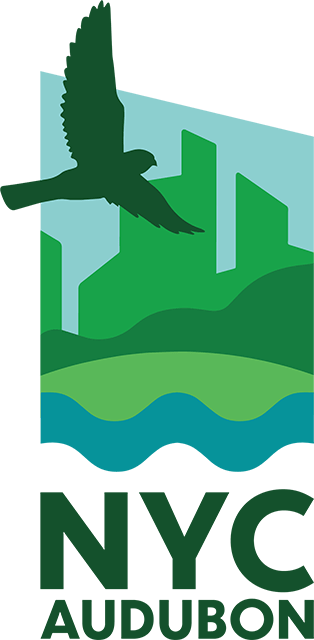Syrinx Spotlight: PSF Volunteer, Photographer & High-School Senior Winston Qin
.jpg)
Winston Qin (left) is a high school senior who has used his talent as a gifted photographer to document the inspiring work of our Project Safe Flight volunteers. An injured Yellow-rumped Warbler (right) bleeding from the beak is handled by a Project Safe Flight volunteer before being transported to the Wild Bird Fund. Photo by Winston Qin.
By Olivia Liang | 4 December 2023
Acts of service sustain every nonprofit, and the New York City Audubon network is built upon volunteers who give their time—and talents. Regardless of background or ability, we are all here in service of birds and New York City. Our community is a diverse one, spanning from original members who started this chapter in 1979 to the young people in our City who are growing up in a world of crisis. Winston Qin is one of the latter. He is one of our Project Safe Flight volunteers who, like 141 others, gives up his mornings to walk a designated route searching for collision victims—injured, stunned, and deceased birds.
By Olivia Liang | 4 December 2023
Acts of service sustain every nonprofit, and the New York City Audubon network is built upon volunteers who give their time—and talents. Regardless of background or ability, we are all here in service of birds and New York City. Our community is a diverse one, spanning from original members who started this chapter in 1979 to the young people in our City who are growing up in a world of crisis. Winston Qin is one of the latter. He is one of our Project Safe Flight volunteers who, like 141 others, gives up his mornings to walk a designated route searching for collision victims—injured, stunned, and deceased birds.
Winston Qin shares the same grit and passion that make our volunteers invaluable; but while others squeeze in their volunteer hours before work or after a day of caretaking, Winston does his service between homework, exams, and now, college applications. Winston Qin is a 17-year-old high school senior at Hunter College High School; he is a NYC Audubon collision monitor and has been using his talent as a self-taught photographer to bring the duty and service of a Project Safe Flight volunteer to life.
“We didn’t even have that much glass, but I saw it and wondered what happened.”
Winston has loved birds since his mom bought him a stuffed animal penguin when he was three years old. But it was only two years ago when Winston stepped outside his apartment building in Lower Manhattan and spotted a dead Northern Waterthrush that he considered the lives of wild birds in his home City. “We didn’t even have that much glass,” he said, “but I saw it and wondered what happened.”
In many ways, a dead Northern Waterthrush became Winston’s sparkbird. Suddenly, birds meant more than park pigeons and sparrows, smiling cartoon ducks, and his trusty stuffed animal penguin.
“The world of happy and free birds suddenly became less realistic.”
Soon after, Winston joined NYC Audubon’s Injured Bird Response Team, working three five-hour shifts each week during summer vacation, monitoring the emails and calls from across the City reporting birds in need of rescue. The Injured Bird Response Team introduced the very idea of conservation to Winston; Project Safe Flight then allowed him to partake in the fight.
“That’s one building, one bird, in one hour, in one day. There are thousands of buildings, thousands of hours of migration, thousands of different species, and thousands of birds of those different species.”
Willingly beginning a day with tragedy takes a special kind of person. Our Project Safe Flight volunteers set out while sidewalks are still empty and the sky still dark, documenting and clearing away collision victims before the rest of us wake: dead birds are placed in plastic bags, the injured in paper ones.
For Winston, colorful collision victims, like Northern Parulas, with their bright yellows and greens carry a particularly somber note. Then there are the “really bad days,” like one several weeks ago, when Winston and his monitoring partner Hilary Berliner encountered almost 30 injured and dead birds. “We saw warblers literally falling from the sky,” Winston said. “We saw one crash above us, we saw one falling in the trees. They were dying right in front of us.”
It can be uncomfortably easy to acclimate to ugliness and tragedy, as the bar for what disturbs us gets raised and raised. Winston, like many other collision monitors, admits that he has become desensitized to the loss of life, but that doesn’t mean the bigger picture is lost on him.
“This morning, I found an Ovenbird dead next to a window,” he said. “That’s one building, one bird, in one hour, in one day. There are thousands of buildings, thousands of hours of migration, thousands of different species, and thousands of birds of those different species. It’s incredible.”
"For Project Safe Flight, you're already directly helping birds. [...] Layering on photography is just another way."
While volunteering as a Project Safe Flight monitor is work enough, Winston’s service to New York City birds doesn’t stop with the route. Instead, he uses these morning hours as an opportunity for artistic expression.
“I’ve done photography for seven years, so that’s a pretty long time for someone who is 17 years old,” said Winston. His photography journey started with what is perhaps a familiar role to some of us: de-facto family photographer. With an old Canon Rebel XT-i, Winston documented vacations to Virginia: family photos, Blue Ridge mountains, blurry Turkey Vultures. But after an indescribable number of hours reading blogs, diving into camera catalogs, and watching YouTube videos to refine his craft—and haggling on Craigslist for used cameras and lenses—Winston now supplies photos for his school newspapers, yearbook, and student government. His professional website has albums from his early street photography days—when he’d sneak around trains and neighborhoods in search of a moving shot—to school cultural celebrations, sporting events, and now, Project Safe Flight.
“I work my photography into a bunch of different places and with Project Safe Flight came this opportunity to do that again,” Winston said. “We see all these birds, they’re right next to glass, and it’s just such a perfect opportunity for me to use my photography skills and integrate it into what I’m doing otherwise.”
Winston strives for photos that “pop out” to the viewer and offer a sense of wonder: Icelandic puffins against teal blue water, rolling sand dunes in Colorado, a collision victim bleeding from the beak or stunned in front of warmly lit windows.
This photo of a Bay-breasted Warbler is Winston’s favorite from his time with Project Safe Flight.
Despite the warm appearance of the photo, “The story behind [it] is kind of sad. There was a dead Ovenbird right next to this one, so we put that in the plastic bag and we were about to put this in the brown bag to take to the Wild Bird Fund. This hand is the hand of my coworker, Hilary,” Winston explained. “These birds are very very feisty birds—it’s impossible to get ahold of these. She went to grab it and its wings started to flap and it took off, so it escaped, unfortunately, but we got this photo. …This was right in front of a restaurant window near Brookfield Place.”
Photography, for Winston, is just another form of service in the fight to protect wild birds in New York City, and his willingness to share these photos is a great asset to NYC Audubon and our mission to protect wild birds and bring awareness to their plight.
“For Project Safe Flight, you’re already directly helping the birds. You’re rescuing them, you’re saving them from cats, transporting them to Wild Bird Fund. It’s a direct connection to birds. And layering on photography is just another way to help [them].”
"I've never seen anything like that passion before."
Looking ahead to college, Winston plans to pursue environmental engineering, as a self-proclaimed engineer at heart, who had had the bad habit of taking apart home electronics only to put them back together—often less functionally than before. Regardless, Winston vows to continue bird collision monitoring and bird conservation work wherever he ends up.
“I might not be doing ecology, zoology, or ornithology in college, but I’ll try my best to be as involved as I can with birds. Who knows—maybe I’ll decide to switch majors!”
While volunteering for the Injured Bird Response Team and Project Safe Flight may have started as a side activity, an easy way to learn more about birds and incorporate conservation work into his schedule, Winston made special note that it was the dedication of his fellow volunteers that has impacted him the most.
Referring to his fellow volunteers like Jen, Jairus, Rey, Katie, Hitomi, and others, Winston notes: “These guys on my team—they’re responding to injured bird calls at midnight, at noon, at work. That passion is really what pulled me closer into the organization because I’ve never seen anything like that passion before.”
“Seeing that passion, seeing everybody be so dedicated to this free work, this thing that is just to help birds throughout New York City, it’s just so empowering. You feel that energy and you want to do the same.”
Feel inspired to join Winston in protecting our City’s birds? Learn about upcoming and ongoing volunteer opportunities, or help us fund Project Safe Flight by donating at nycaudubon.org/invest-in-change.
See more of Winston’s photography at WinstonPX.com and follow him @winston.px.
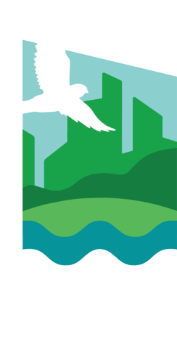
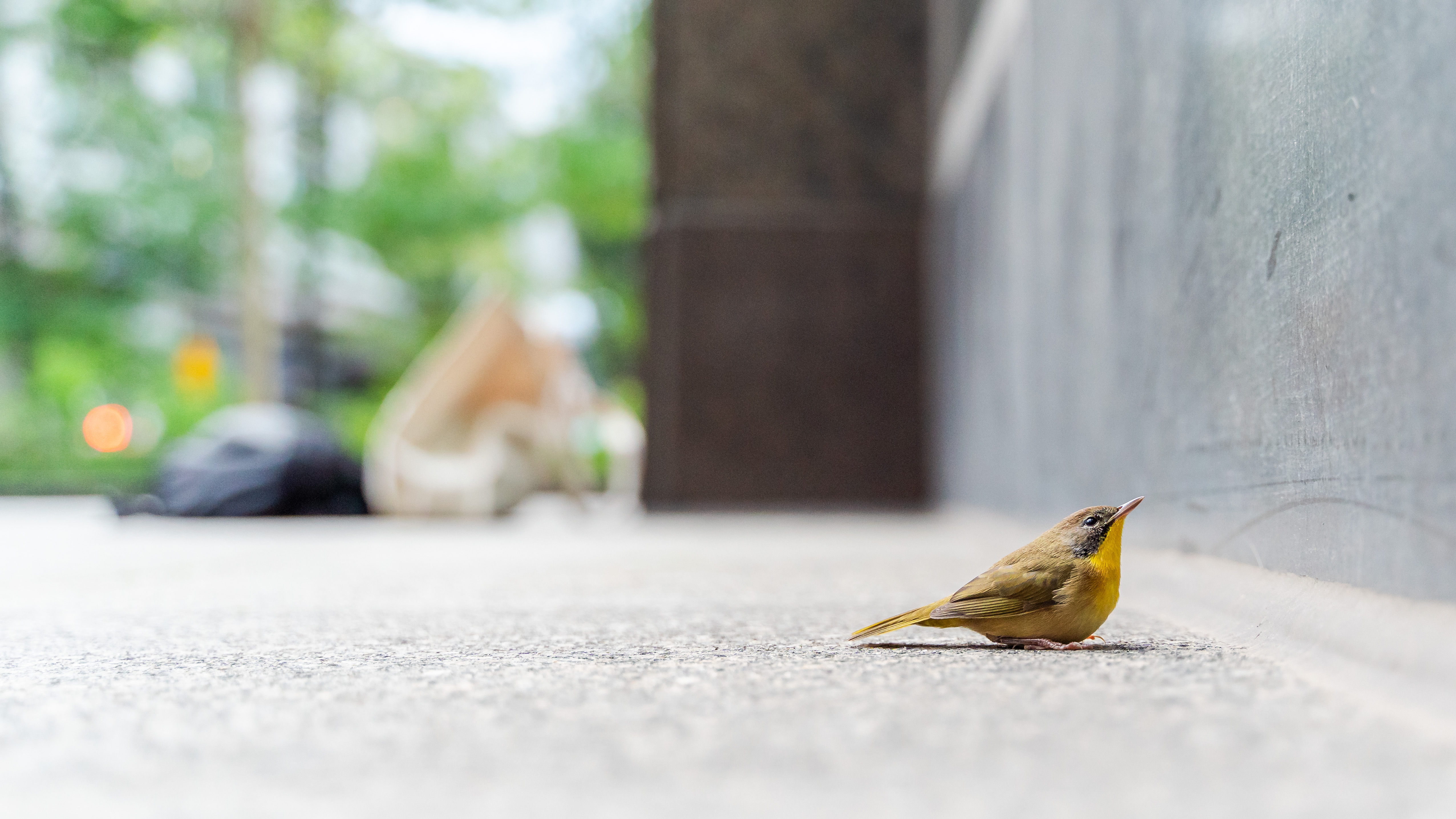
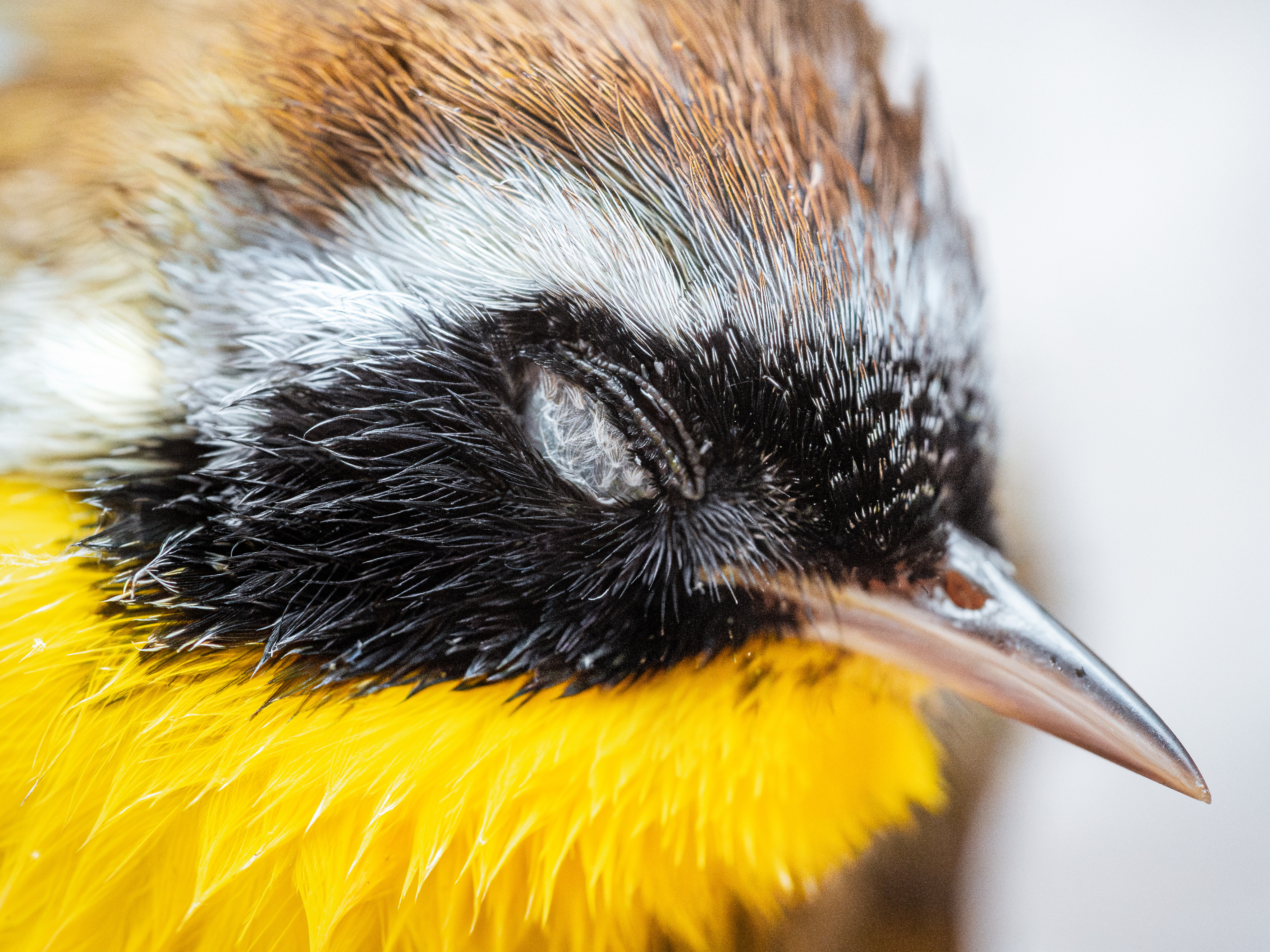
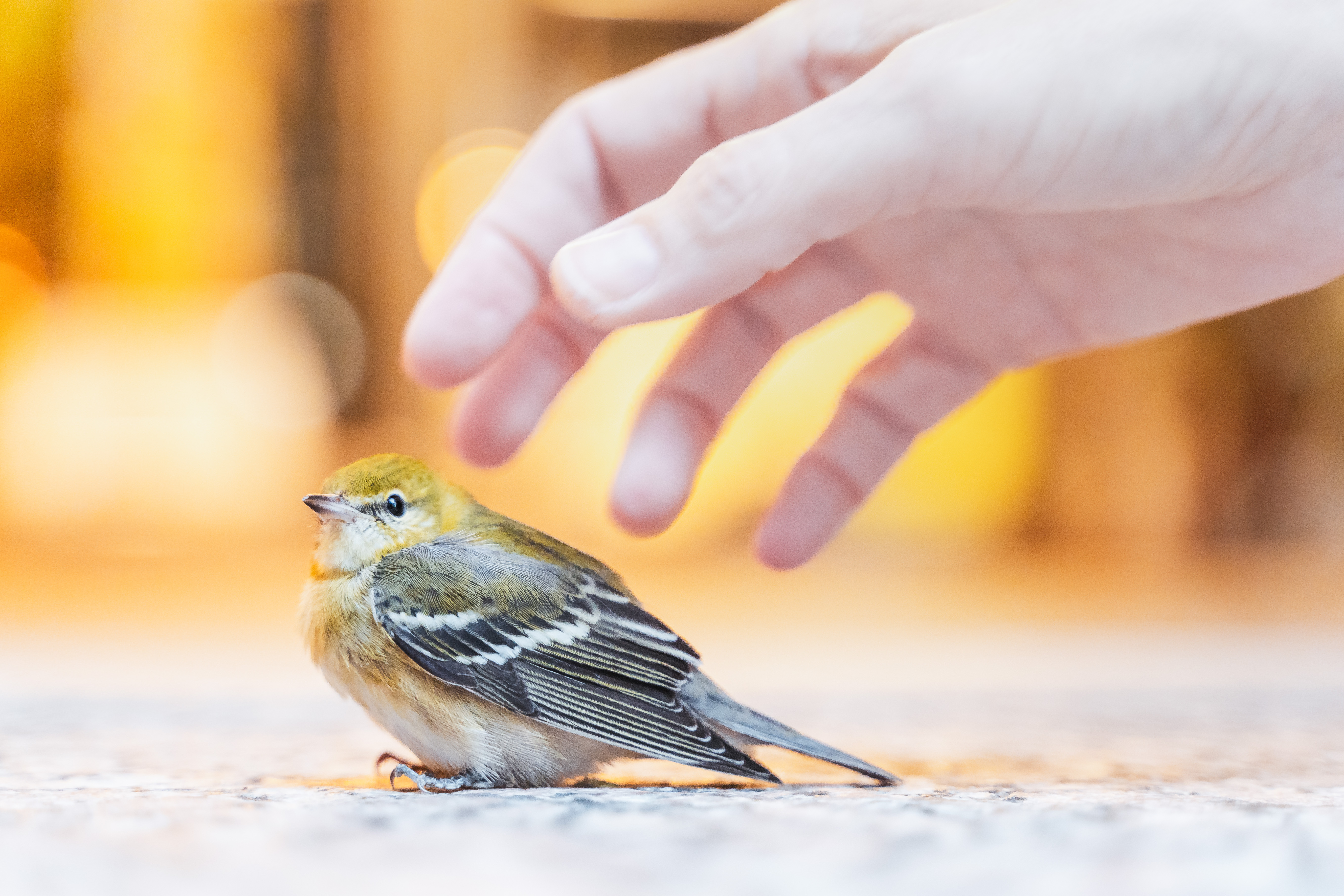
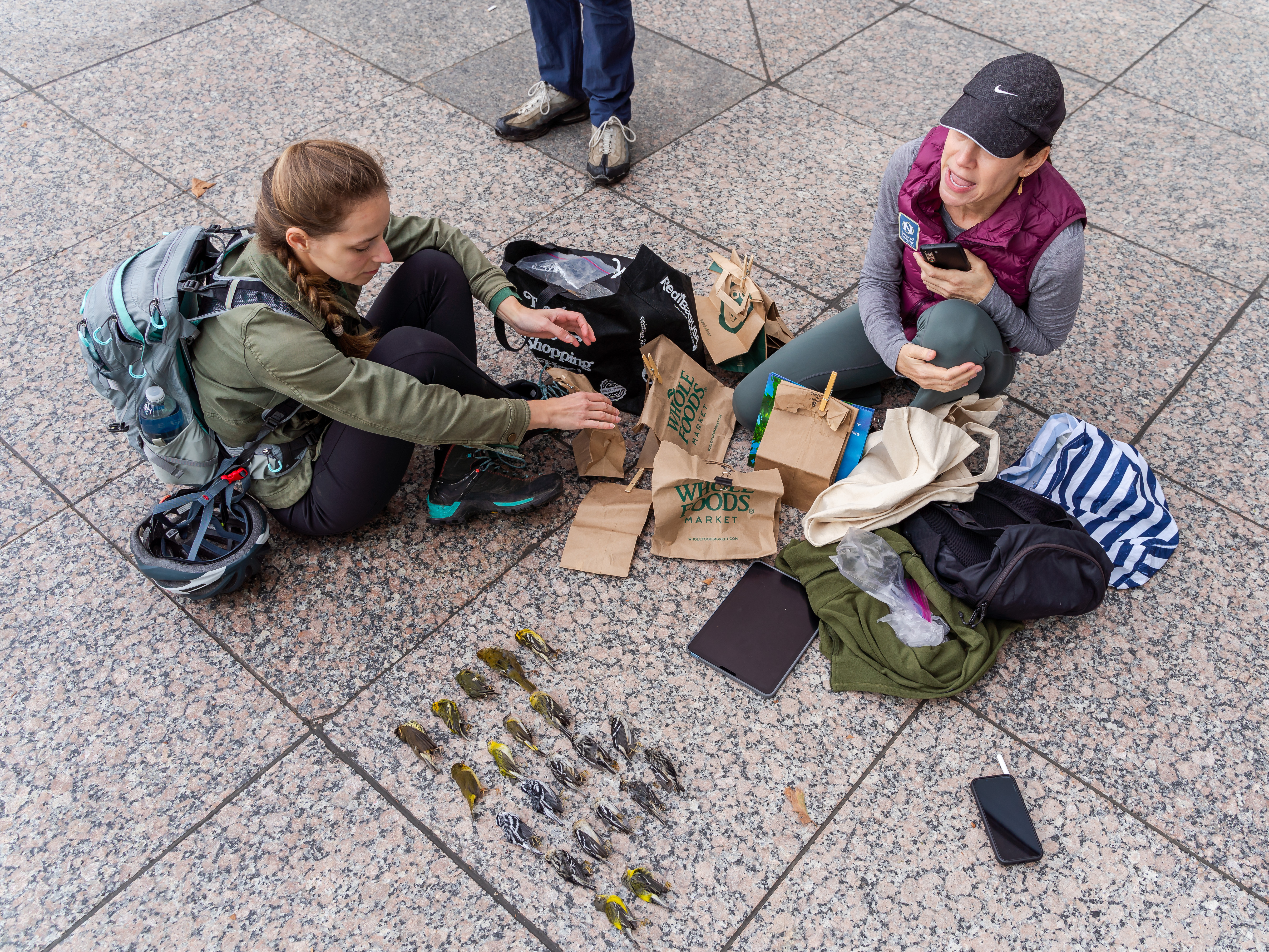
.jpg)
